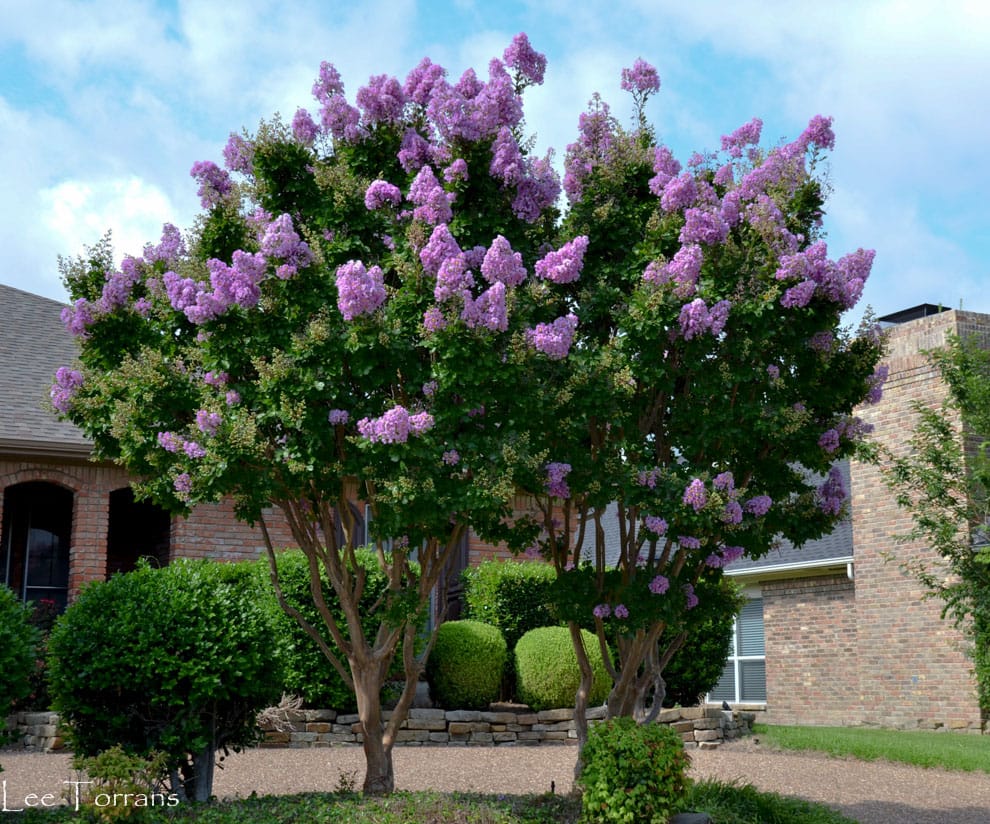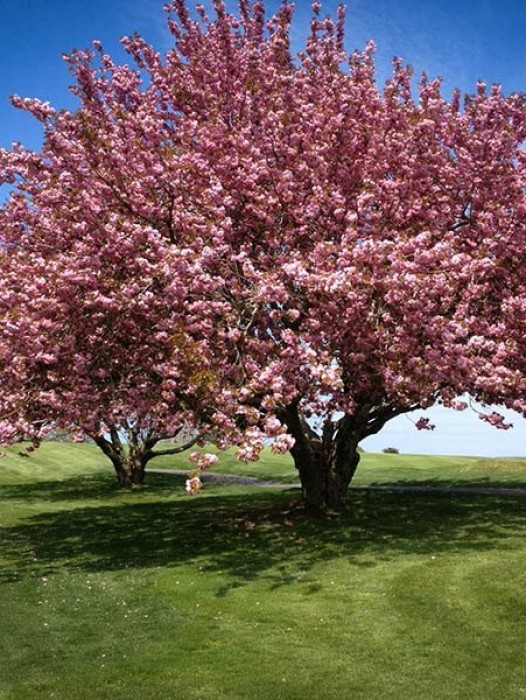
Flowering Trees Homeowner's Enjoy Looking At
We have all had the experience of gasping at the breathtaking beauty of flowering trees in full bloom and decorating a street or neighbor's yard. This list of the top 5 flowering trees will help you find the best choices for your landscape.
Dogwood Trees are a favorite among homeowners because of their moderate size, year-round beauty, attractive shape, disease resistance, and vibrant spring blossoms. Available in shades of pink, purple, or white, some varieties feature highly fragrant spring flowers. They usually grow to a height of 25 to 30 feet. Growing these trees is relatively easy. Native to several continents, with 50 varieties, Dogwood trees are suitable for almost any USDA Zone.
Crepe Myrtle
If you are looking for a tree with an extravagant summer bloom, this may be the one for you. Crepe Myrtle trees grow to be 20 to 30 feet tall with an equal spread, depending on the variety. They bloom clusters of white, purple, red, or pink flowers in early summer and often later in the summer. Crepe Myrtle's is a beautiful tree all seasons, with attractive bark and incredible fall color. Long, steady fall weather supports the best fall colors in this tree. Originating in China, Crepe Myrtle trees grow hardy in USDA Zones 7-9, with some varieties that survive in Zone 6.

Magnolia
Magnolia trees are ancient, having existed before bees. They are a mainstay in the south and famous for their large, highly fragrant spring flowers in pink or white. Their large, thick, dark green leaves and huge blossoms are an exotic feature in any landscape, typically 40-80 feet tall, with a spread of 30 to 40 feet. Depending on the species, they might be evergreen, semi-evergreen, or deciduous. Most Magnolia trees like fertile, slightly acidic soil and grow well in USDA Zones 7 through 9.

Tulip Trees
Tulip trees are named for their vibrant spring blossoms resembling yellowish-green tulip flowers with a hint of orange. This grand tree reaches 90 feet or more in height, with a canopy almost half its height. Tulip trees are beautiful as fast-growing shade trees and boast striking yellow leaves in the fall. Native to the eastern United States, they grow best with a steady water supply and well-drained, somewhat acidic soil in USDA Zone 5, with some varieties growing in Zone 4.
Redbud Trees
Redbud trees are popular as a shrub border or standalone in a natural or woodland area, as they are moderately sized at 20-30 feet high and 15 to 35 feet wide. These ornamental trees feature vibrant spring blossoms, in colors ranging from light pink to magenta or purple, for two to three weeks. Their heart-shaped leaves turn brilliant red and yellow in the fall. Redbud trees like moist soil while getting established. Native to the southwestern part of the United States, they grow best in well-drained soil, and partial shade in USDA zones 4 through 8.
Flowering trees offer incredible variety to any landscape, with the wild beauty of blossoms. Whether you are looking for an accent tree along a border or a central feature, one of these varieties is an excellent choice.
